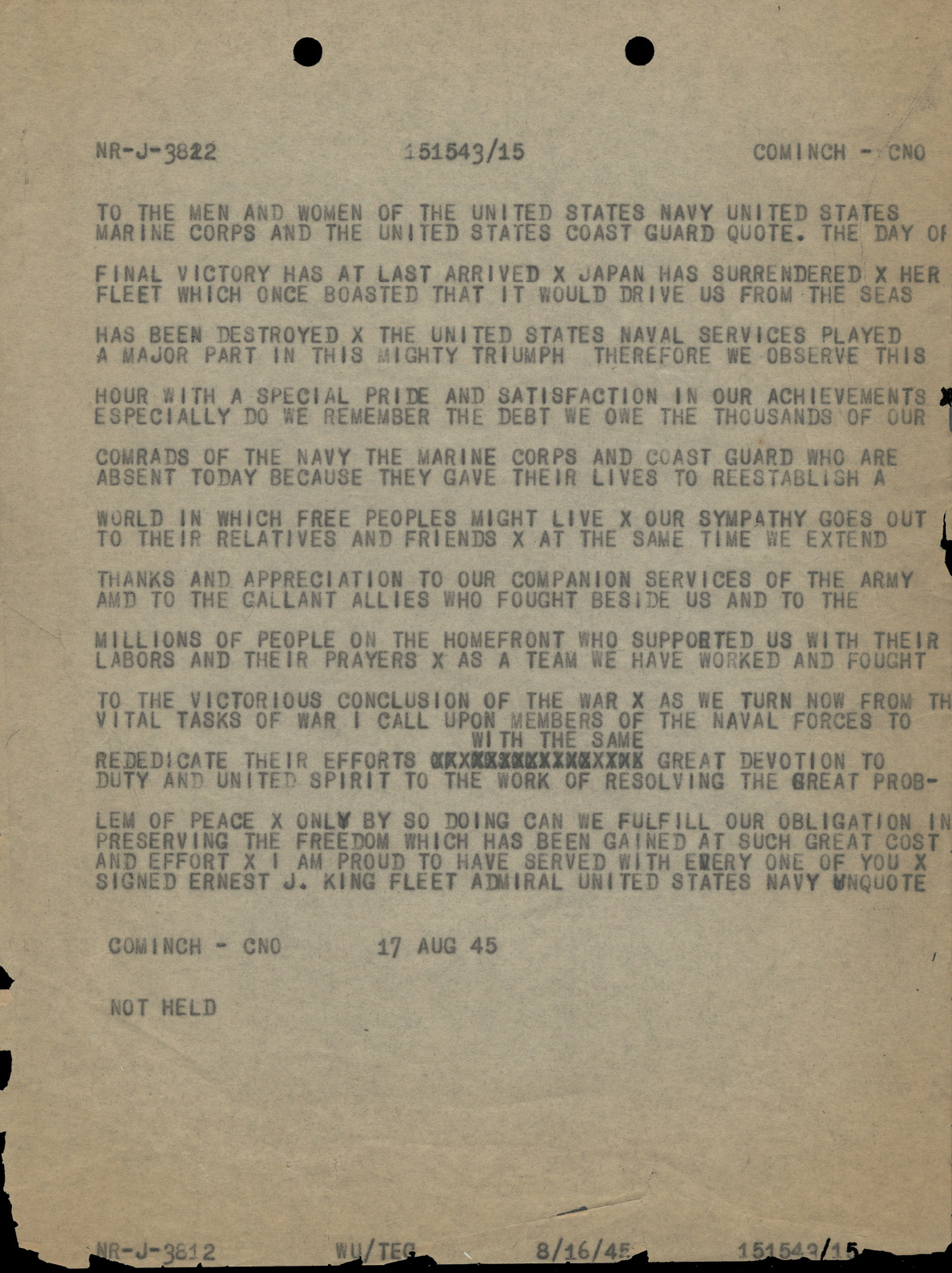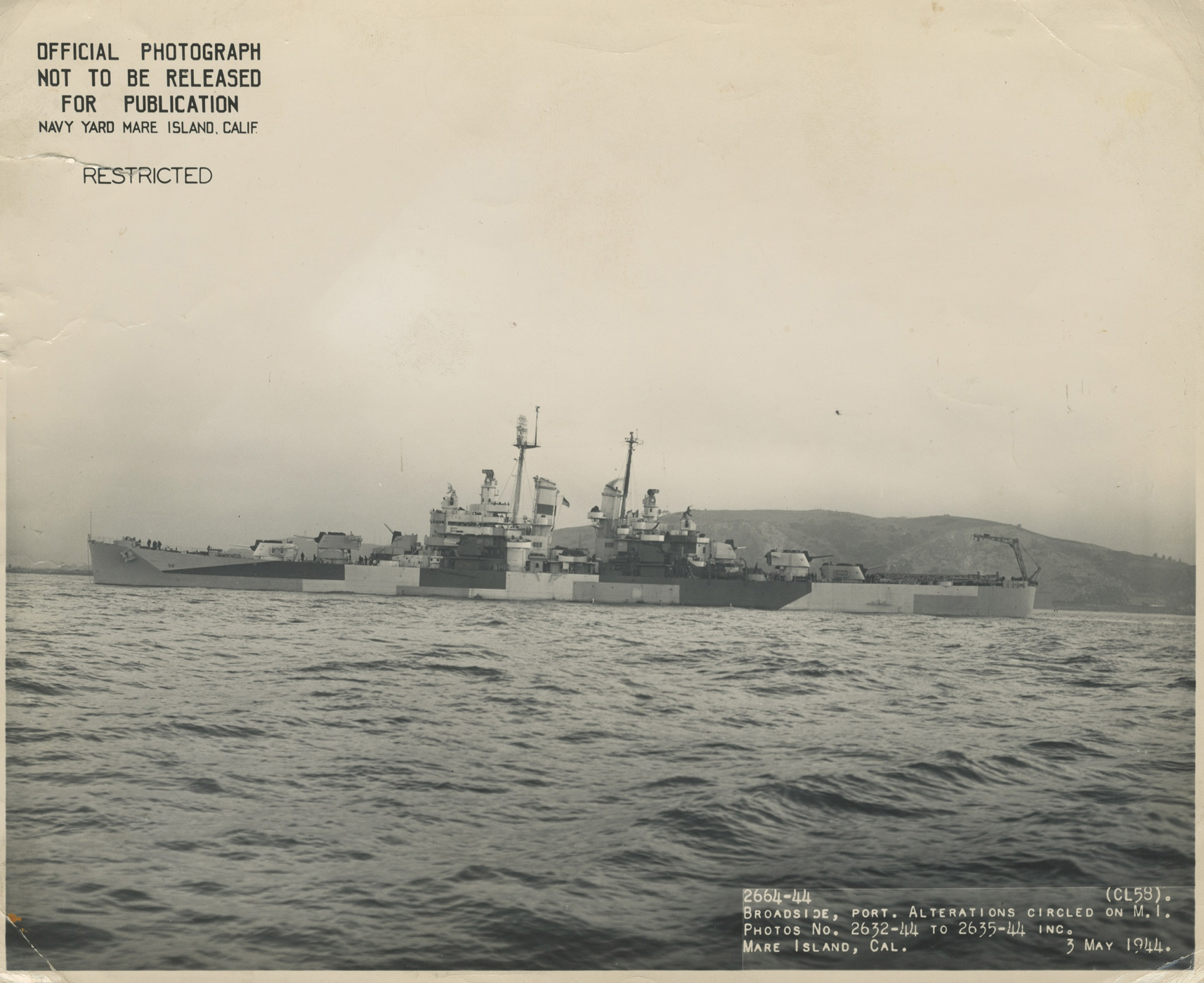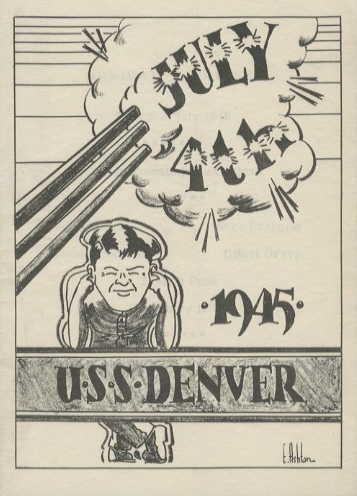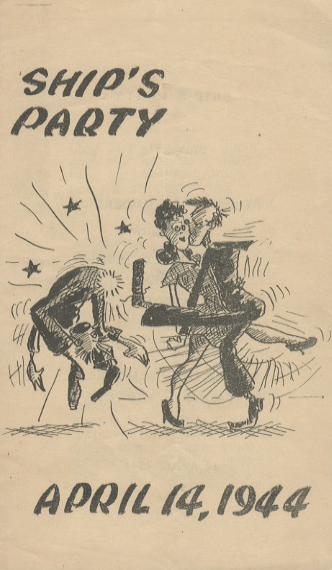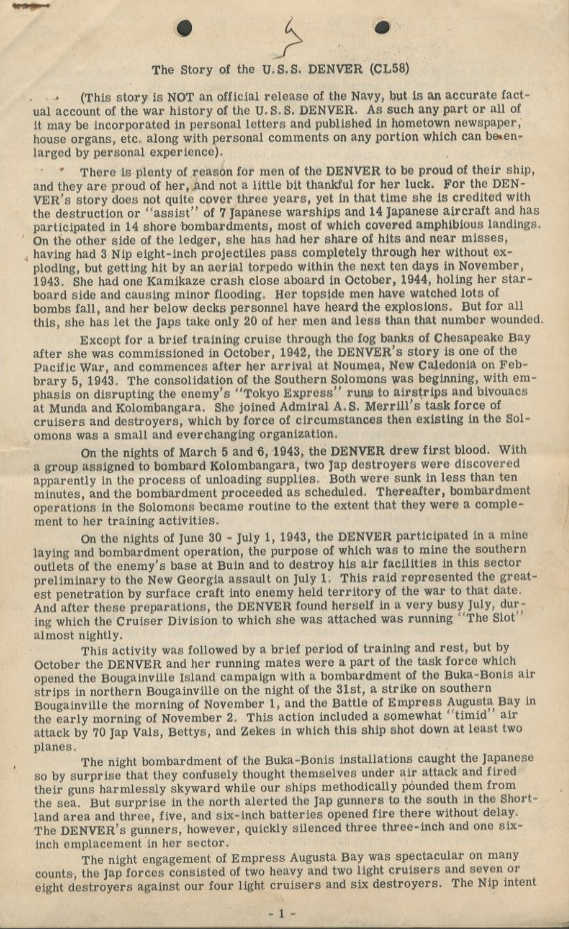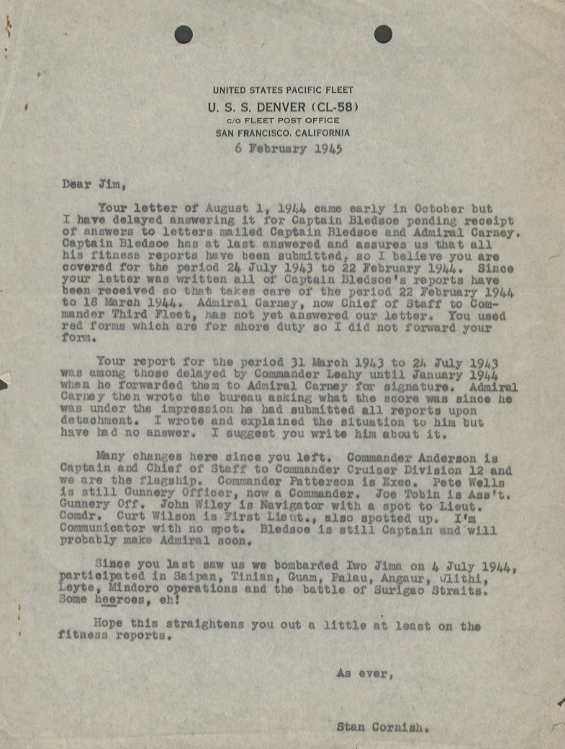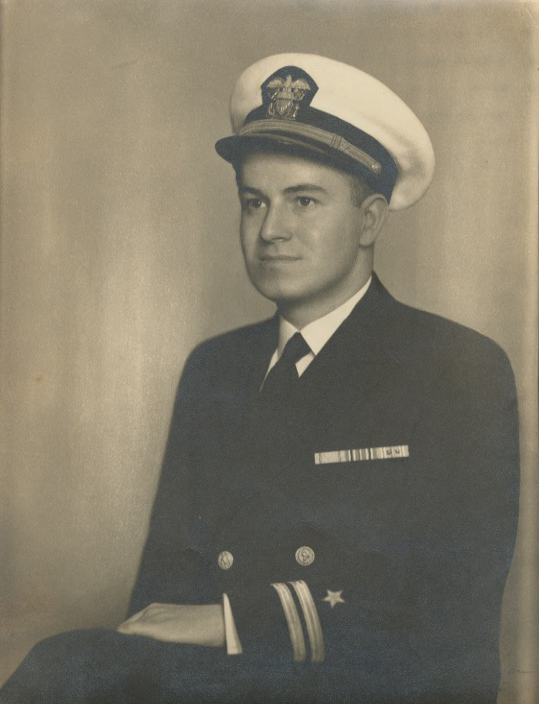World War II
World War II
US Navy Teletype of Japanese Surrender & More - 1945
Original teletype dated 17 August 1945 announcing the surrender of Japanese forces, bringing to an end Pacific war operations in the final days of World War II. This teletype was received onboard the USS Denver, a Cleveland-class light cruiser, following her return from Okinawa hunting Japanese ships off the China coast. An exceedingly rare and important historical document to have survived intact, especially from one of the American naval vessels that saw significant action during the war. The USS Denver destroyed numerous enemy ships and took fire herself—including a kamikaze pilot whose aircraft narrowly missed the Denver as it plunged into the sea—earning her 11 battle stars and a Navy Unit Commendation.
Other items in this 17-piece lot include naval operations reports describing the USS Denver‘s battles at sea and other duties in the Pacific, correspondence, orders, administrative documents, shipboard activity ephemera, and photographs collected by one of the officers aboard the Denver, Lieutenant Commander Stanley D. Cornish, Jr., giving a vivid recounting of life at sea during history’s largest military conflict. Just a few examples shown; to view the complete lot inquire here.
Battlefield-sourced documentation from veterans and their families are in great demand, and this lot is among the most abundant we have seen, with numerous documents establishing solid provenance from a decorated naval officer aboard a highly commended warship.
The teletype reads, in full:
To the men and women of the United States Navy United States Marine Corps and the United States Coast Guard quote.
“The day of final victory has at last arrived. Japan has surrendered. Her fleet which once boasted that it would drive us from the seas has been destroyed. The United States Naval Services played a major role in this mighty triumph therefore we observe this hour with a special pride and satisfaction in our achievements. Especially do we remember the debt we owe the thousands of our comrades of the Navy the Marine Corps and Coast Guard who are absent today because they gave their lives to reestablish a world in which free peoples might live. Our sympathies go out to their relatives and friends. At the same time we extend thanks and appreciation to our companion service of the Army and to the gallant allies who fought beside us and the millions of people on the homefront who supported us with their labors and their prayers. It is as a team we have worked and fought to the victorious conclusion of the war. As we turn now from the vital tasks of war I call upon all members of the Naval Services to rededicate their efforts with the same courage devotion to duty and united spirit to the work of resolving the great problems of peace. Only by so doing can we fulfill our obligation in preserving the freedom which has been gained at such great cost and effort. I am proud to have served with every one of you.”
— Signed Ernest J King Fleet Admiral United States Navy unquote
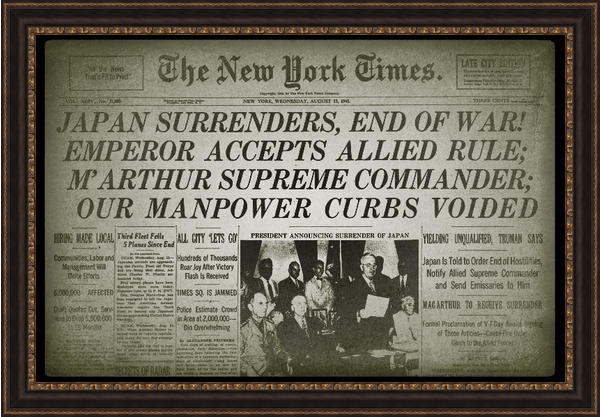
[Image not included; for reference only]
The surrender of Imperial Japan was announced on August 15 and formally signed on September 2, 1945, bringing the hostilities of World War II to a close. By the end of July 1945, the Imperial Japanese Navy was incapable of conducting major operations and an Allied invasion of Japan was imminent. Together with the British Empire and China, the United States called for the unconditional surrender of the Japanese armed forces in the Potsdam Declaration on July 26, 1945—the alternative being “prompt and utter destruction.”
On August 6, 1945, at 8:15 AM local time, the United States detonated an atomic bomb over the Japanese city of Hiroshima. Sixteen hours later, American President Harry S. Truman called again for Japan’s surrender, warning them to “expect a rain of ruin from the air, the like of which has never been seen on this earth.” On August 9, 1945, the United States dropped a second atomic bomb, this time on the Japanese city of Nagasaki. Following these events, Emperor Hirohito intervened and ordered the Supreme Council for the Direction of the War to accept the terms the Allies had set down in the Potsdam Declaration for ending the war. After several more days of behind-the-scenes negotiations and a failed coup d’état, Emperor Hirohito gave a recorded radio address across the Empire on August 15. In the radio address he announced the surrender of Japan to the Allies.

